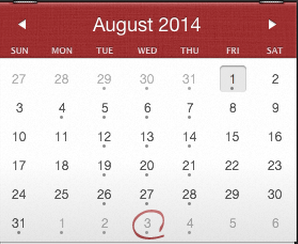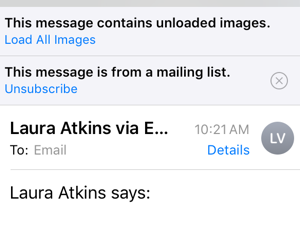December 2016: The Month in Email
Happy New Year! We’re looking forward to some interesting new projects this year, both for our clients and for Word to the Wise. Stay tuned!
December was a slow month for blogging, with everything going on. But we’re back on the horse now and ready to blog for 2017.
List and subscription management continue to be hot topics, especially in the wake of the listbombing attacks earlier this year. Earlier this month, I presented a webinar on listbombing for the EEC and DMA to review the attacks and discuss best practices for companies to manage subscriptions. For Ask Laura, I wrote about the unsubscribe process and how senders can best manage those requests to keep their lists current and compliant.
With all the holiday mail flying around, Steve wrote up a good post about the challenges of DNS hosting and issues customers may have reaching your site. He also wrote about canonicalization, a process for comparing things to see if they are the same, which is useful for understanding how messages change during the delivery process. It’s important to understand how this works with DKIM, as that process specifically looks at changes to messages in delivery to validate them.
I wrote a post about how delivery at Gmail is a bit different from other mail providers, which can lead to intermittent delivery problems, and got some useful information in the comments about some upcoming process changes. And as always, unwanted email is SPAM. It doesn’t matter if you call it outreach or prospecting, or “here’s something you might find interesting!” Still SPAM.

